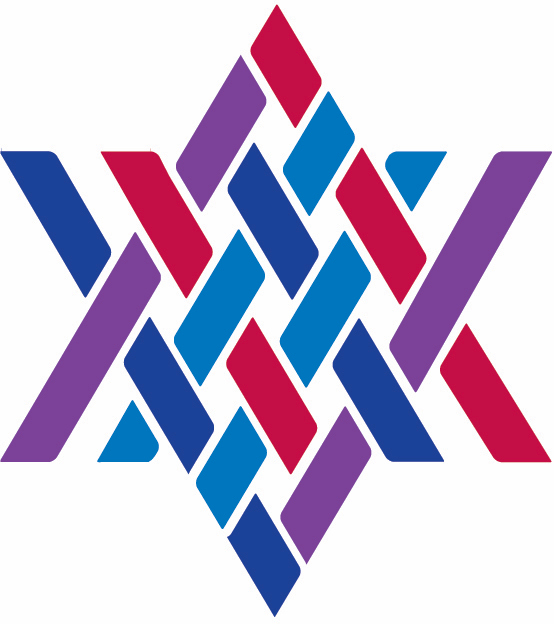Parashat Tetzaveh -5784
February 19, 2024
Rabbi Marge Wise (AJR '21)
A first or even a second reading of the text of Parashat Tetzaveh doesn’t begin to reveal the nuances, the implications, the messages of what might otherwise sound like elaborate but formulaic instructions for how to light the lights and for how to dress the priests. Instead, we can learn so much from the choice of words and from the message behind the words which inform our lives to the present day. Reflecting on God’s instructions to us as we struggled to become a nation was a learning curve – then and now.
Parashat Tetzaveh 5783
February 27, 2023
Click HERE for an audio recording of this D’var Torah Remembering and Turning Things Upside-Down: Shabbat Zakhor and Purim A D’var Torah for Parashat Tetzaveh, Shabbat Zakhor, and Purim By Rabbi Rena Kieval (’06) “There is a certain people, scattered and separate from the peoples in all the provinces of your realm, and their rules are different from those of any other people… It is not in your Majesty’s interest to tolerate them. If it please your Majesty, let an edict be drawn for their destruction…” (Esther 3: 8,9) Every Purim, these words of Haman in Megillat Esther send chills down my spine. The words are ancient, yet they are all too familiar. We recognize the anti-Jewish tropes, the intolerance of anyone who is seen as ‘other’ or different, and the quintessential hate speech that is gaining more open expression in our time. Leading into Purim,...
Parashat Tetzaveh 5782
February 10, 2022
Click HERE for an audio recording of this D’var Torah A D’var Torah for Parashat Tetzaveh By Rabbi Marc Rudolph (’04) The final fifteen chapters of the Book of Exodus are devoted to the building of the Mishkan. This comprises over one quarter of the entire book. This year, since it is a leap year, we will spend a full five Shabbatot reading about this, in exquisite detail, in our synagogues. The midrash connects the completion of the Tabernacle with Creation itself. The story of Creation and the story of the construction of the Tabernacle are the only places in all of scripture where the verbs “to complete”, “to sanctify” and “to bless” are used together. (Midrash Tanhuma Pekudei 2:3) Yet it is striking how much more time the Torah spends on the building of the Tabernacle compared to the relatively succinct description of the creation of the universe in the Book of Genesis. Rabbi Lord Jonathan Sacks z”l suggests...
Parashat Tetzaveh 5781
February 26, 2021
Click HERE for an audio recording of this D’var Torah A D’var Torah for Parashat Tetzaveh By Rabbi Cantor Sam Levine (’19) לְפָנִ֣ים ׀ בְּיִשְׂרָאֵ֗ל כֹּֽה־אָמַ֤ר הָאִישׁ֙ בְּלֶכְתּוֹ֙ לִדְר֣וֹשׁ אֱלֹהִ֔ים לְכ֥וּ וְנֵלְכָ֖ה עַד־הָרֹאֶ֑ה כִּ֤י לַנָּבִיא֙ הַיּ֔וֹם יִקָּרֵ֥א לְפָנִ֖ים הָרֹאֶֽה׃ Formerly in Israel, when a man went to inquire of God, he would say, “Come, let us go to the seer,” for the prophet of today was formerly called a seer. (I Samuel 9:9) My eleven-year-old son showed me a YouTube video last week of a man wearing a mask (the COVID kind) imprinted with a realistic picture of a man’s face with a mask pulled down below his nose and mouth (see it here if you like). As he walks into a place of business, someone asks him to please put his mask on properly. He pulls his mask down and the joke is exposed. The meta-mask prank on...
Parashat Tetzaveh 5780
March 6, 2020
Purim: When Israel truly accepted Torah A D’var Torah for Parashat Tetzaveh By Rabbi Irwin Huberman (’10) One of the visual highlights of the regular Shabbat service occurs after we complete our weekly Torah reading. Within the Asheknazi (European) tradition, the magbiah (the lifter) opens the Torah at least three columns wide, and raises it towards the heavens. The congregation responds by chanting, “And this is the Torah that Moses set before the people of Israel — upon the command of God, through Moses’ hand” (Deut. 4:44) It is a beautiful tradition which acknowledges the Jewish people receiving Torah at Mount Sinai, more than three thousand years ago. But as our Talmudic tradition teaches, receipt of Torah is one thing, accepting it is another. The Talmud implies, that in the desert, barely three months after their liberation, the Israelites really had no choice. They were totally dependent on God. Supplies...

